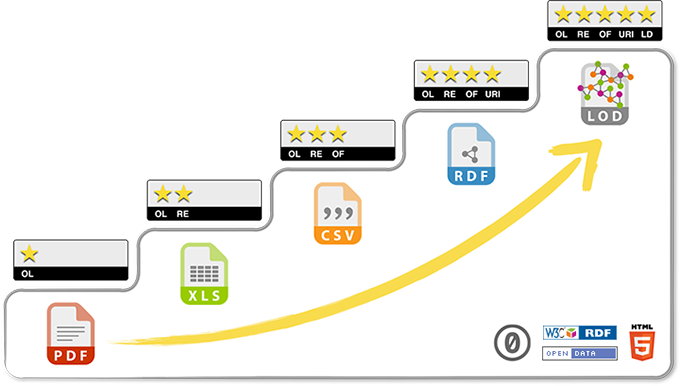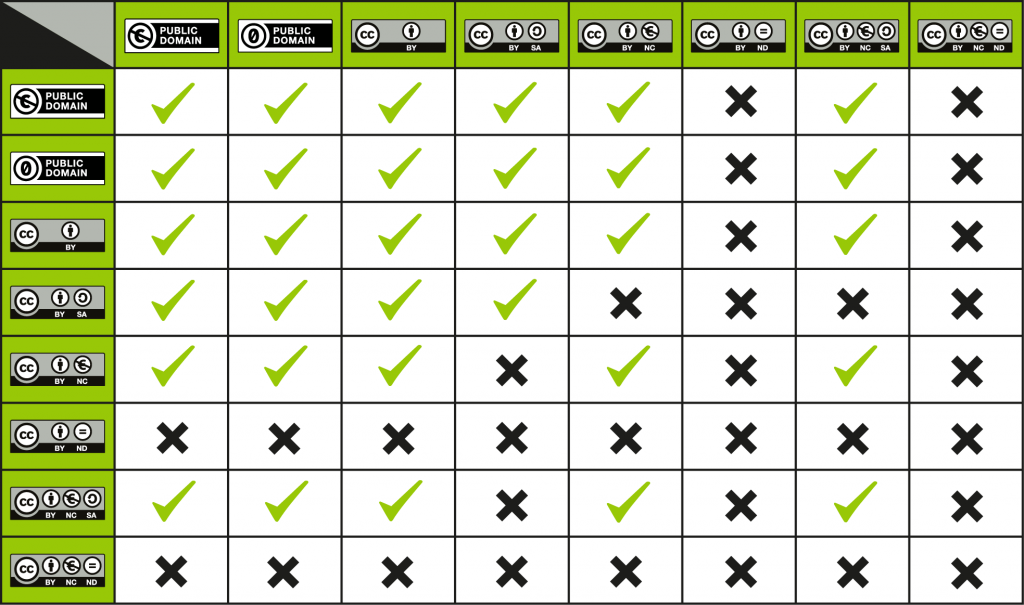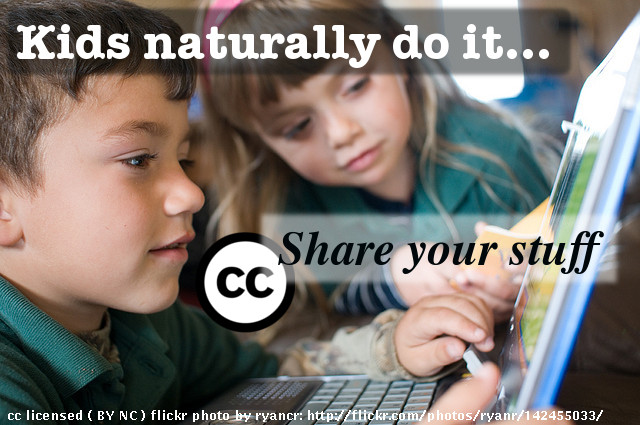Open, but not just about Linux
Licenses can be a dry topic for some but have been key to my teaching. Any of my students and colleagues during the past twenty plus years know me as the teacher who was always pushing the use of Linux, Eclipse, Apache Emacs and other open source tools that use open source licensing. This is an important part of my practice and my tool set and remains so. Read on to get a view on how my teaching has changed to include more focus on open data and open practices.
WWW and Licenses
When Tim Berners-Lee had his first visions of what we now know as the World Wide Web, the key was the linking of data across the internet via the hypertext transfer protocol. He and we want to see data linked so that we can discover data relevant to our work and follow the links from that data to related data or sources relevant to our search.
While doing the reading and video views for this week, I remember back to a workshop that I gave on Open Education Resources at our campus in Querétaro in 2015. Before, during and after that session I had curated various links to share with the faculty which included a link to this Tim Berners-Lee article on Linked Data. In this article, Tim lays out the 5 stars or Open Data, I include a table from that article here below:
| ★ | Available on the web (whatever format) but with an open licence, to be Open Data |
| ★★ | Available as machine-readable structured data (e.g. excel instead of image scan of a table) |
| ★★★ | as (2) plus non-proprietary format (e.g. CSV instead of excel) |
| ★★★★ | All the above plus, Use open standards from W3C (RDF and SPARQL) to identify things, so that people can point at your stuff |
| ★★★★★ | All the above, plus: Link your data to other people’s data to provide context |
Another page for a good resource on the five star deployment scheme is 5 star data (the content of this page is available under a CC0 license). That page includes this graphical step view of the 5 stars to help explain the escalation of openness:

David Wiley’s 5 Rs
The 5 star model came back to me when looking at the 5 Rs of open content as defined by David Wiley:
- Retain – the right to make, own, and control copies of the content (e.g., download, duplicate, store, and manage)
- Reuse – the right to use the content in a wide range of ways (e.g., in a class, in a study group, on a website, in a video)
- Revise – the right to adapt, adjust, modify, or alter the content itself (e.g., translate the content into another language)
- Remix – the right to combine the original or revised content with other material to create something new (e.g., incorporate the content into a mashup)
- Redistribute – the right to share copies of the original content, your revisions, or your remixes with others (e.g., give a copy of the content to a friend)
When thinking about open licenses, we can view the 5 star model of open data as enabling the 5 Rs of open content, or perhaps the 5 Rs are in fact guiding or choice of licenses for our data in a 5 star model.
Creative Commons Licences
That brings us to the Creative Commons and the licenses that they provide for us to use with our work. We can look at how each component (or option) of a creative commons license applies to the 5 Rs of open content:
- Attribution (BY) – Here we have the base, that one gives the right to reuse, remix, revise and redistribute our work but requiring that credit is given to the original author.
- ShareAlike (SA) – adding what we know in the Open Source Software license domain as a viral component to the license. Anyone using (remix, reuse, revise, redistribute) a work with this component SA must also license their work based on the work in question under a similar license. This is similar to the GPL and CopyLeft as put forth by Richard Stallman.
- NoDerivs (ND) – This is a way to freeze the work. Redistribution is fine (with attribution) but removes the ability to remix and revise the work.
- NonCommercial (NC) – Another restrictive component that can be placed on a license is to restrict the use of the work in question to only noncommercial uses. I struggle when to place this restriction on my work and currently all of my images on my Flickr account use NC.
Licenses to Remix All the Things
When I had that first exposure that I had in 2003 to Creative Commons licenses in a talk by Lawrence Lessig (see my first post in this series), the word that stuck with me most was “remixing”. Larry used examples of musicians during his talk. When choosing which license to put on your work, this excellent chart from the Creative Commons website can help you decide what works best for you and the work in question:

Feature Image Credit
